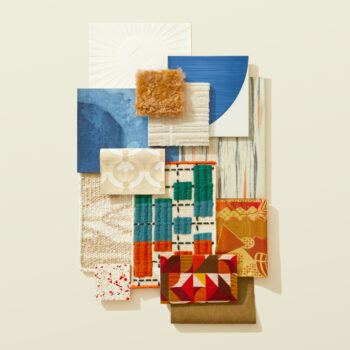
Rooted in the southern countryside of France, French Provençal design balances timeless refinement with rustic comfort. Inspired by the architecture and interiors of traditional rural homes, this aesthetic evokes the soft patina of age through handcrafted materials, muted colors, and lived-in textures. From worn stone floors to antique ironwork, these spaces embody a relaxed elegance shaped by climate, craft, and tradition.
Natural materials are at the heart of the region’s architecture. Thick stone or stucco walls, exposed timber beams, and terracotta roof tiles are typical of historic homes. Interiors often feature lime plaster walls, distressed wood furnishings, and ceramic or terracotta flooring, creating a tactile environment that reflects the landscape’s tones and textures. Palette-wise, the look leans toward creamy neutrals, sunbaked ochres, faded greens, and lavender-infused blues.
Contemporary designers reinterpret these elements by mixing traditional materials with modern layouts and finishes. The result is a fresh take on regional heritage, spaces that feel grounded, inviting, and timeless. These principles are especially well-suited to creating environments with a calm, slow-living sensibility.
The Core Principles of French Provençal Design
1.) Natural Materials and Craftsmanship
Stone, terracotta, wrought iron, and aged woods form the foundation of the aesthetic, emphasizing tactile surfaces and enduring materials.
2.) Sun-Washed Color Palettes
Cream, olive, ochre, dusty lavender, and chalky white echo the region’s climate and terrain, bringing a soft glow to interiors.
3.) Heritage Details
Arched doorways, carved wood furniture, decorative iron accents, and vintage textiles speak to a long tradition of artistry and local pride.
4.) Layered Textures
Rough plaster, linen, handwoven rugs, and ceramic finishes offer a sensory-rich experience that feels both casual and refined.
5.) Timeless Simplicity
This style avoids excess ornamentation, favoring balance, proportion, and harmony rooted in the rhythms of daily life.
French Provençal Design in Practice
Soothing Hospitality Settings
Hotels and boutique inns draw on regional charm with limestone floors, soft drapery, and antique furnishings to create tranquil guest spaces.

Grounded Wellness in Healthcare
In wellness clinics or senior living, the use of natural materials and gentle palettes brings warmth and familiarity to care-centered environments.
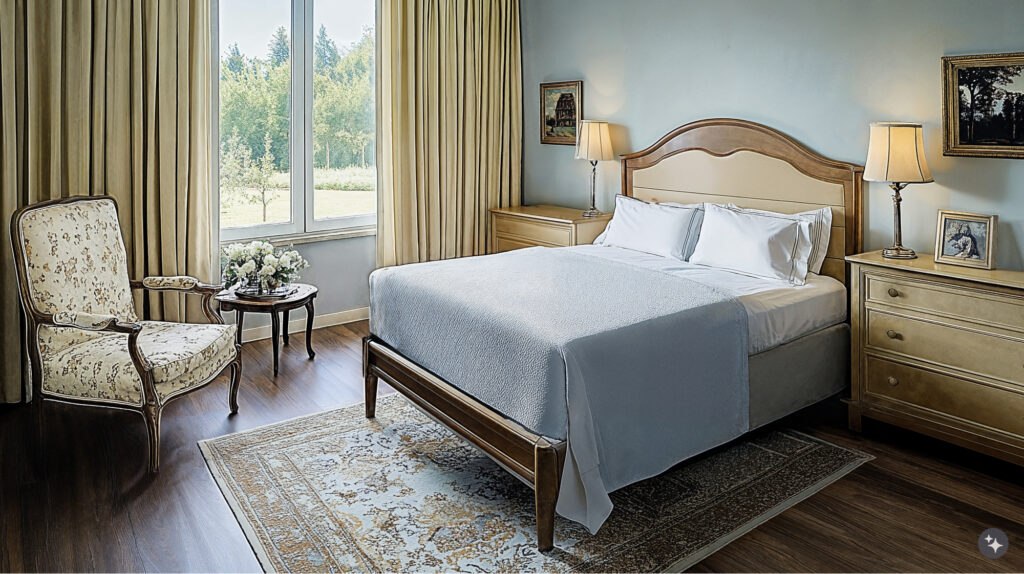
Educational Environments with Heritage Character
Classrooms, libraries, or creative studios introduce traditional elements through textured walls, arched niches, and antique-inspired furniture.

Cultural Centers Honoring Place
Museums and cultural buildings can nod to regional European architecture with structural details like vaulted ceilings and stone masonry.
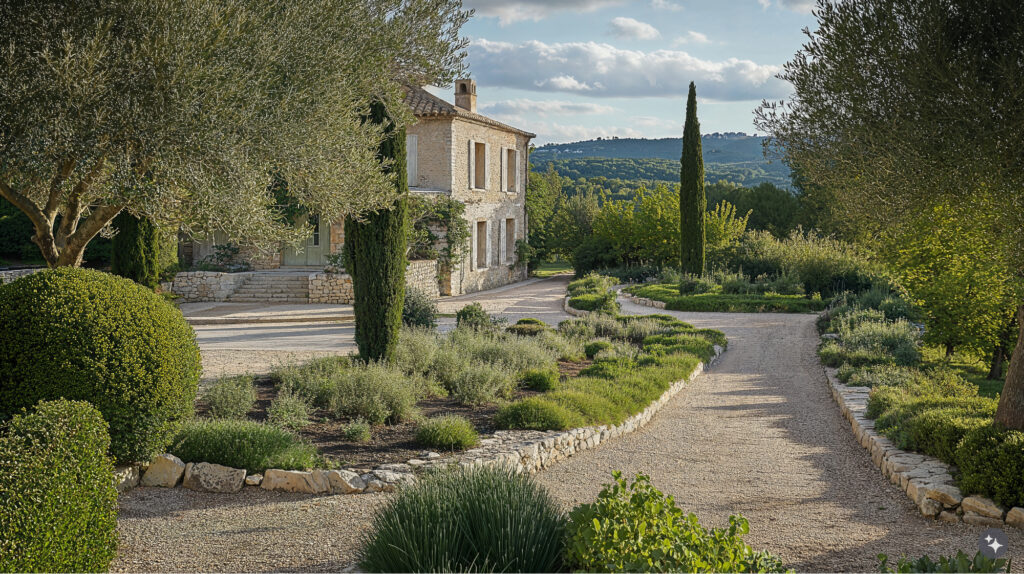
Retail Spaces with Storytelling Appeal
Wineries and boutique shops embrace the aesthetic through reclaimed wood displays, iron shelving, and lavender-hued accents that enhance artisanal brand narratives.
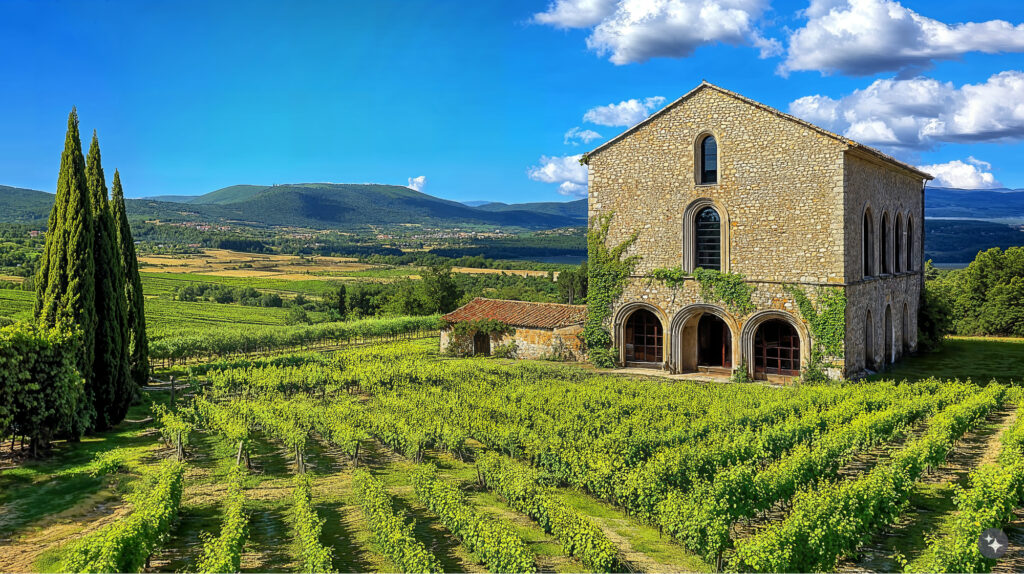
Residential Spaces with Refined Ease
Modern homes channel the heritage through vintage lighting and classic farmhouse silhouettes, fostering comfort with a sense of permanence.
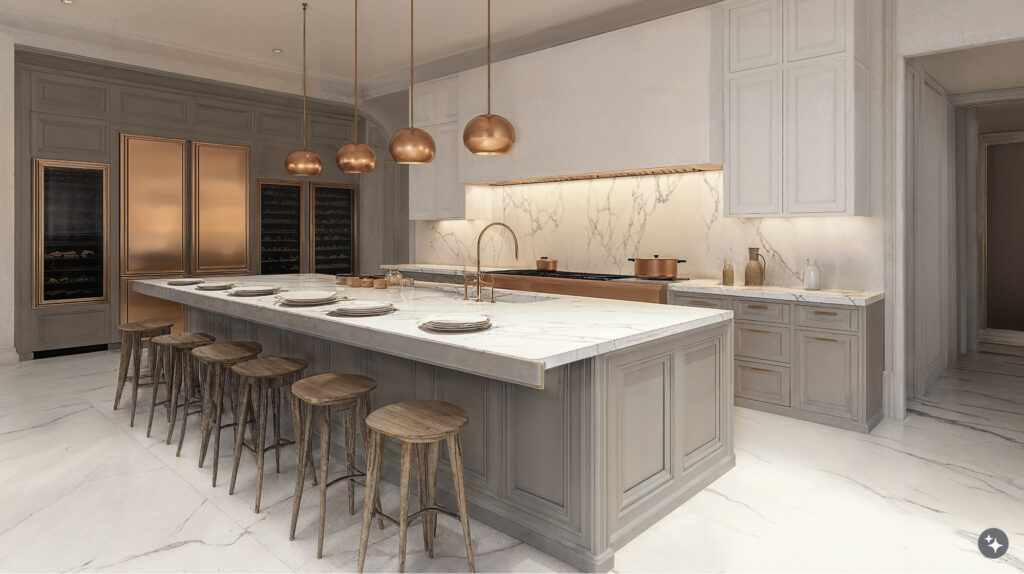
Transit Spaces Offering Calm
Airports or train stations bring a sense of slow luxury through limestone-look surfaces, layered lighting, and subtle color cues tied to southern French influence.
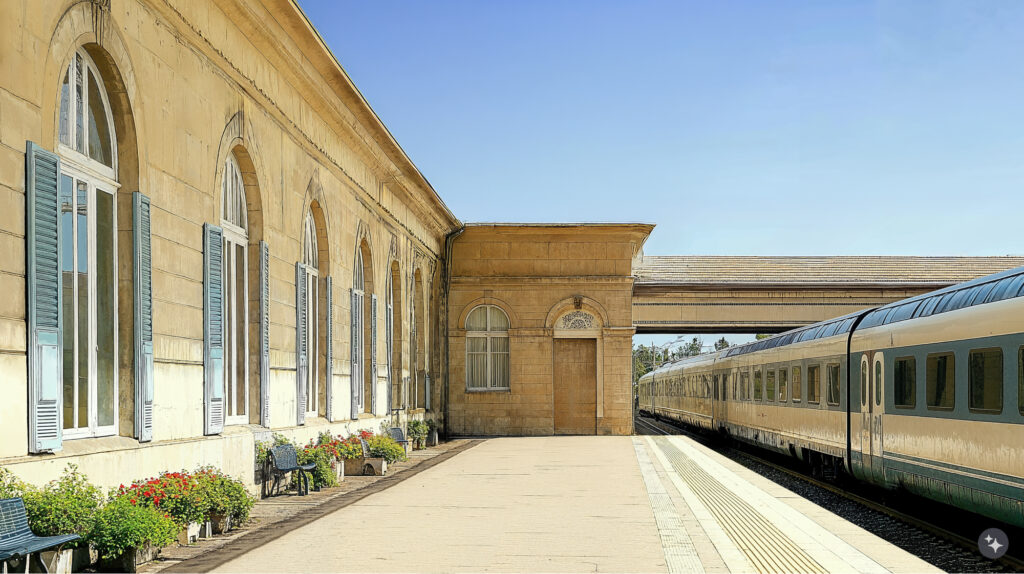
French Provençal design brings an enduring sense of beauty, craft, and cultural richness to modern interiors. Through natural materials, timeworn textures, and a balanced approach to elegance and simplicity, this style continues to inspire spaces that feel both grounded and elevated—where tradition becomes a timeless foundation for contemporary living.
Looking for more rustic design elements? Check out our article on German Fachwerkhaus Design.






